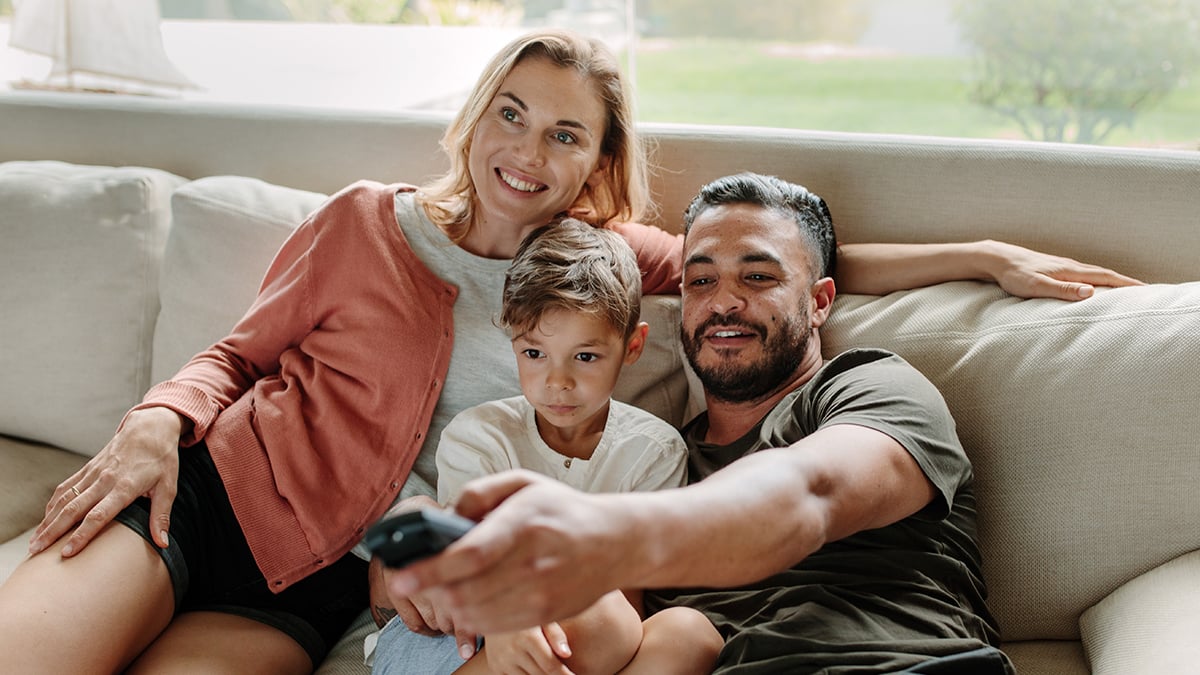Blog
- Strategy
- Digital
- Media
- Content Marketing
- Social Media
- Advertising
- Public Relations
- Healthcare
- Video
- Home Products
- Thought Leadership
- COVID-19
- Awards
- Food
- B2B
- Higher Education
- Creative
- AI
- Expert Spotlight
- Retail
- ADDY
- Client Work
- Crisis Communications
- Employer Branding
- Food & Beverage
- RIG360
- Telly
- Wine & Spirits
- top workplaces


Tips for Audience Engagement
“Audience engagement” and “standard” should never be used in the same sentence.
Google the term “audience engagement” and see how many articles try to standardize which metrics matter most.
Conversations about audience engagement often connect with digital at some point. At Hart, we like to approach audience engagement holistically and anticipate every response that can affect your brand’s connection with a quality prospect. Of course, no two customers make the same decision journey, so we prioritize different triggers and address every engagement strategy with a slightly different approach.
Here are a few engagement strategy philosophies that have been successful for our media team.
Don’t dismiss the power of perception.
If consumers believe you’re the best, then you are the best. Of course, achieving that mindset doesn’t happen by chance. But a strong media strategy can help persuade.
We ran a video campaign recently for a premium brand whose primary goal was to elevate brand perception and value. The brand engagement intended was a simple behavior change to better understand the brand’s intrinsic value and leadership. The goal for consumers was not to learn more or visit a website or even fill out a form. It was simply to believe in the brand’s leadership and ultimately become a loyalist.
The media strategy required deliberate positioning with naturally aligned content that conveyed authority. The 60-second video was placed in programming that was not just the most popular (to maximize reach) but also represented quality and loyalty.
It worked. Consumers’ brand impressions shifted after seeing the premium creative airing with premium content like high-profile football games on weekends and during Monday prime time. In early October, live football earned five of the top 10 viewed programs across the country, and we avoided any potentially negative environments: news, crime programming and controversial topics. Most important, we negotiated premium positioning to ensure consumer attention levels were at their peak when the brand story ran.
Soon afterward, people posted positive reactions on social media channels, and the client received more feedback from key partners than they had for other media campaigns, in spite of the fact that media weight levels were only one-third the normal investment.
Relate to the consumers’ mindset, not just consumption patterns.
The most important step we take is understanding the thoughts, emotions and expectations of target consumers as they form purchase decisions for particular products. Media channel selections are completely relevant to each stage of your customer’s decision journey and will help guide the message platform.
eMarketer tells us a growing number of CMOs weight social media, search and online video as the most important communications channels for their marketing campaigns. Based on usage patterns, these are certainly the trending channels. But dedicating most of your marketing dollars to these tactics definitely will miss influencing your audience when they are likely building awareness and understanding of your brand.
Speak differently throughout the journey and relate accordingly.
We have a client whose marketing audience is displeased with unsolicited advertising during the awareness and consideration phases of their purchase journey. But they admit they don’t know where to look for information when researching the product. In fact, they’re feeling overwhelmed, frustrated and confused at this stage – hard barriers to break through.
We were challenged with developing media solutions that would subtly engage the consumer during the consideration phase, but make them feel they had sought out the information. We used media tactics including native articles, infographics/video, experiential events and contextual digital display, helping the audience soon feel in control and intentionally engage with our client’s content.
Connect audience engagement back to your relationship goals.
We can’t end this blog without talking about data. Developing a cohesive strategy to collect and analyze data will help continue the conversation with your ideal customer. Having access to all data from multiple plans, platforms and channels should help you connect your prospects with the desired action at their current stage of the decision journey. Ideally, that action will result in learning and understanding more about your targets’ behaviors, interests and response triggers. What you know about your audience based on a research-driven hypothesis will continually evolve based on real-time data.
The success of most campaigns will likely relate directly to dollars and cents or the return on ad spend (ROAS). But don’t get caught up in comparing channels for delivery of the lowest cost per thousand consumers reached. Rather, pay more attention to the highest convertors of the most qualified respondents. To get to this point, you have to define “highly qualified conversion” goals at the start of every media planning process and the role each media contributes to the ecosystem. It’s much easier to rely on back-end analytics and drive effective optimizations in real time, which will help your customer journey map continuously evolve.
This leaves us wondering: should we level-set ROAS expectations to relate more to quality than quantity? In most cases, the answer should be “Yes.”